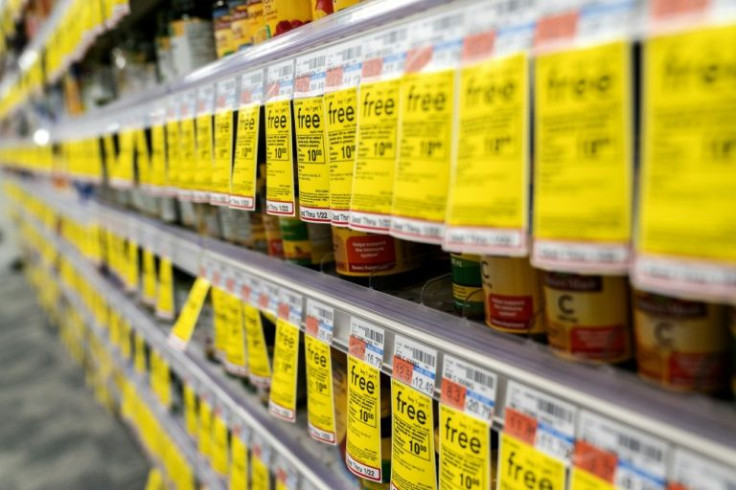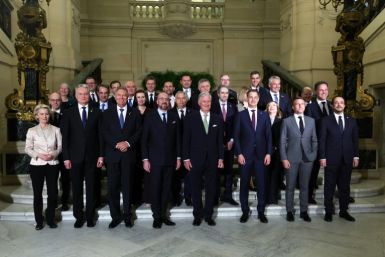US Economy: Higher GDP Growth Comes Amid Inflation

The U.S. Gross Domestic Product (GDP) - the most critical measure of the nation’s output in a calendar year - grew at a solid annual rate of 6.9% in Q4, according to a first estimate released by the U.S. Bureau of Economic Analysis. That’s the highest it has been in the last five quarters, and ahead of market forecasts of 5.5%, as the US economy switches gears from government-led growth to private-led growth.
The structural change in US economic growth is caused by a decrease in federal government spending, led by a decline in defense spending on intermediate goods and services. Also, it is caused by a decrease in state and local government spending reflected reductions in compensation of state and local government employees, notably education and in gross investment in new educational structures.
Those declines are more than offset by increases in private inventory in retail and wholesale trade. And increases in exports, led by consumer goods, industrial supplies and materials, and foods, feeds, beverages, and travel. Then there’s the increase in personal consumption expenditure (PCE), led by an increase in services, like health care, recreation, and transportation. PCE is the most significant GDP component, and therefore, it has an enormous impact on its growth.
“Consumer demand picked up in December despite multiple disruptions from supply chain issues to the Covid resurgence to price hikes,” says David Wilkinson, President & GM, NCR Retail, the retail division of NCR Corporation. “We’re noticing that spending patterns continue to shift with consumers taking a hybrid approach to shopping by purchasing more online followed by curbside pick-up. We’ve also seen people buy more online and stock up because essentially you have a bigger virtual basket than you do a physical one in-store.”
And there’s the increase in the nonresidential fixed investment-led growth in intellectual property products that was partly offset by a decrease in structures. Still, first-quarter GDP estimates are more skewed towards the first month of the quarter, meaning that the Q4 report doesn’t fully reflect the impact of the spread of the omicron variant of Covid-19.
Markets should wait for the second GDP estimate in a month to find out where US economic growth was in the last quarter. Meanwhile, higher GDP growth came with elevated inflation. PCE prices rose at a quarterly rate of 6.50% in the fourth quarter of 2021, up from 5.305 in the previous quarter. Core PCE prices rose at a quarterly rate of 4.90% in the fourth quarter of 2021, up from 4.60 percent in the last quarter.
Elevated inflation makes it very likely that the Federal Reserve will take a more hawkish stance in raising interest rates. But everything could change if the pandemic lingers around for much longer, causing downward revisions of U.S. economic growth.






